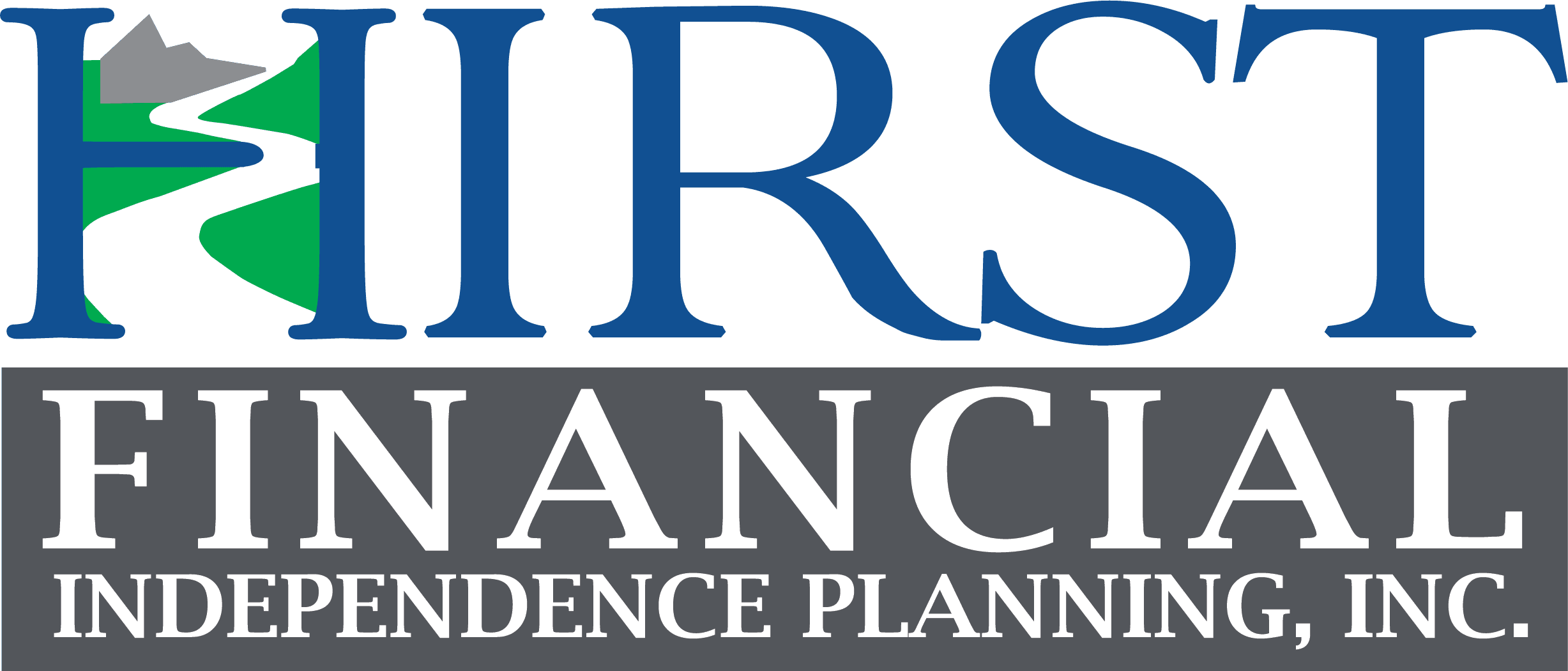The four most dangerous words in investing are, “It’s different this time.” People frequently use this phrase to justify making an investment that would otherwise seem foolhardy. We think of situations like the dot.com bubble in early 2000 where companies were valued based on how many eyeballs saw the company’s website rather than on factors like sales or earnings. The old rules of valuing a company didn’t apply this time. By March of 2000, the value of stocks on the NASDAQ, where the dot.com and tech stocks are listed, fell by over $1 trillion. It wasn’t different this time.
The next mania occurred in the mid-2000s and involved real estate. Instead of issuing mortgages based on the borrowers’ income, banks came up with the cleverly named “stated income mortgage.” You could get a mortgage to purchase a home and just tell the bank how much you make. It was different this time. You could trust a borrower to tell the lender the truth. The bank would trust you and not verify how much you earned. Many times, people would just make up an earnings number and then later on, not be able to make their mortgage payments. This was part of the cause of the Great Recession of 2008-09. It wasn’t different this time.
Today, we have what are historically low interest rates. In the early 1980s, interest rates on 30-year Treasury bonds were at a high of just over 15%. This rate fell to a low of 2.21% in July of 2016[1]. Today, that 30-year Treasury bond yields approximately 3.21%[2]. Keep in mind that, all things being equal, when interest rates fall, bond prices rise. This means that for the past 35+ years, bond prices were generally rising, helping individuals, pensions and endowments make significant money investing in bonds.
Looking forward, what is the potential impact of current low interest rates? First, many people believe that interest rates will rise in the future. The Federal Reserve Board has indicated their desire to hike the Federal Funds rate 2-3 more times this year with more interest rate increases next year[3]. This should translate into higher mortgage rates, auto loan rates and interest rates on Certificates of Deposit and savings accounts. This should also lead to lower bond prices. So far this year, the Bloomberg Barclays US Aggregate Bond Total Return index is down 2.23% including interest[4]. For the first time in decades, investors are actually losing money investing in bonds simply because interest rates are higher.
The second consequence of interest rates rising in the future is that we do not see bonds serving as a complement to an investor’s portfolio. In the past, bonds often served as a shock absorber for portfolios, rising when stock prices fell. Moving forward, we believe that investors should only invest in bonds if they are willing to hold them until maturity and accept the interest as the only source of return rather than in the past when appreciation also contributed to their returns.
Finally, if you accept that bonds will provide at best, a return equal to the interest they pay, you have two choices. The first option is to put together a balanced portfolio (typically 60% stocks and 40% bonds) and realize that your portfolio returns will be much lower than in the past. Here’s the math to illustrate this point. Historically, this option would have produced an 8.6% return on investment based on data provided in A Random Walk Down Wall Street by Burton Malkiel[5]. Currently, this option would only result in a 6.1% return on investment based on our expected return for stocks of 8% and the current interest rate on bonds of 3.25%.[6]
A second option would entail striving for higher returns by allocating little or no part of your portfolio to bonds and allocating most if not all of your portfolio to stocks. Famed investor Warren Buffett has said that the pension plans of the companies Berkshire Hathaway owns are invested all in stocks. They own no bonds in any of their pension funds[7].
I already know what you’re thinking. “Put most of my money in stocks? I could lose everything!” I understand completely and would hesitate to recommend such an approach. You can however, allocate most of your portfolio to stocks and then purchase a form of insurance on your portfolio. The insurance, like the insurance on your home or automobile, would limit the amount of loss you could incur. Think of it this way, you wouldn’t purchase a piece of real estate without ensuring that you have adequate insurance on the property. You may want to treat your portfolio the same way.
When we invest for our clients, we focus on something called Total Return and Family index. Total Return means that we do not care if the returns come from dividends, interest or capital appreciation or any combination of the three. All we care about is, did we make money? If you think about it, what’s the difference between a $100,000 portfolio that pays out 8% in interest and dividends and one that grows to $108,000? The total returns on both portfolios are exactly the same. In the latter case, you would sell off $8,000 if you wanted to spend the money you made. Family Index is the minimum rate of return you need on your investments in order to pursue your goals and objectives. Call us to set up an appointment to calculate your Family Index so that you do not fall short of your goals.
Given the very low current interest rates, along with the prospect for higher interest rates in the future, we do believe that it really IS different this time and you should adopt a different investment approach. Our goal is to be your most trusted financial advisor and bring you ideas and advice you will not hear about anywhere else. Contact us now at 508-636-3595 or email Linda at [email protected] to set up a time to talk to us.
[1] 30 Year Treasury Rate – 39 Year Historical Chart (June 12, 2018) – https://www.macrotrends.net/2521/30-year-treasury-bond-rate-yield-chart
[2] Bloomberg United States Rates & Bonds (June 12, 2018) – https://www.bloomberg.com/markets/rates-bonds/government-bonds/us
[3] FOMC Summary of Economic Projections for the Fed Funds Rate, Median (June 12, 2018) – https://fred.stlouisfed.org/series/FEDTARMD
[4] Carson Partners Return Report, 5/24/2018
[5] Ibbotson Associates (60% x 10.4%) + (40% x 5.9%)
[6] (60% x 8%) + (40% x 3.25)
[7] When Warren Buffett Runs Your Pension Plan (September 28, 2017) – https://www.bloomberg.com/news/articles/2017-09-28/when-warren-buffett-runs-your-pension-plan


